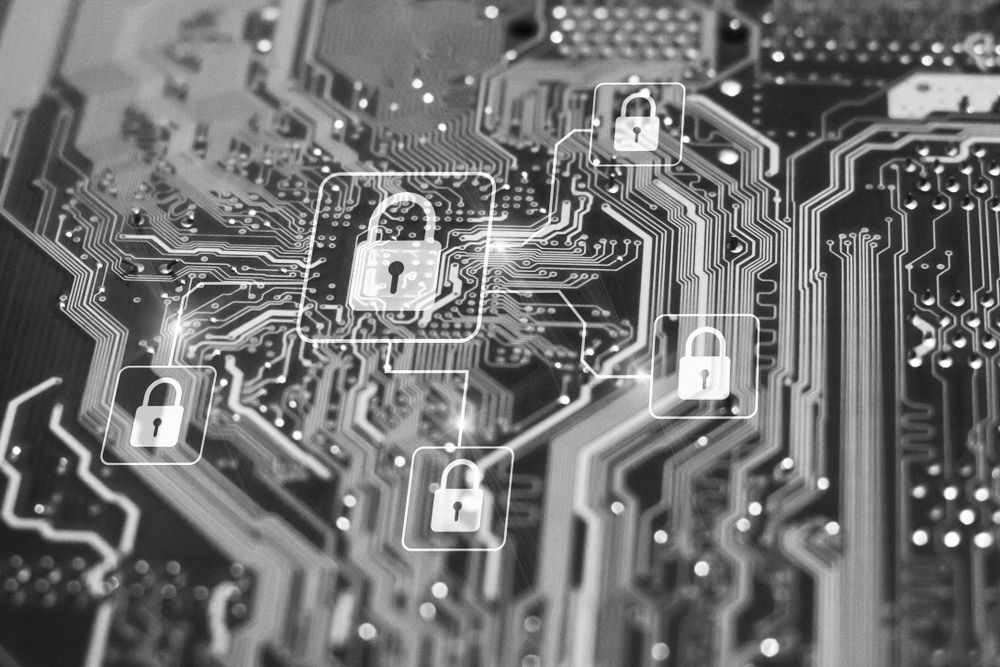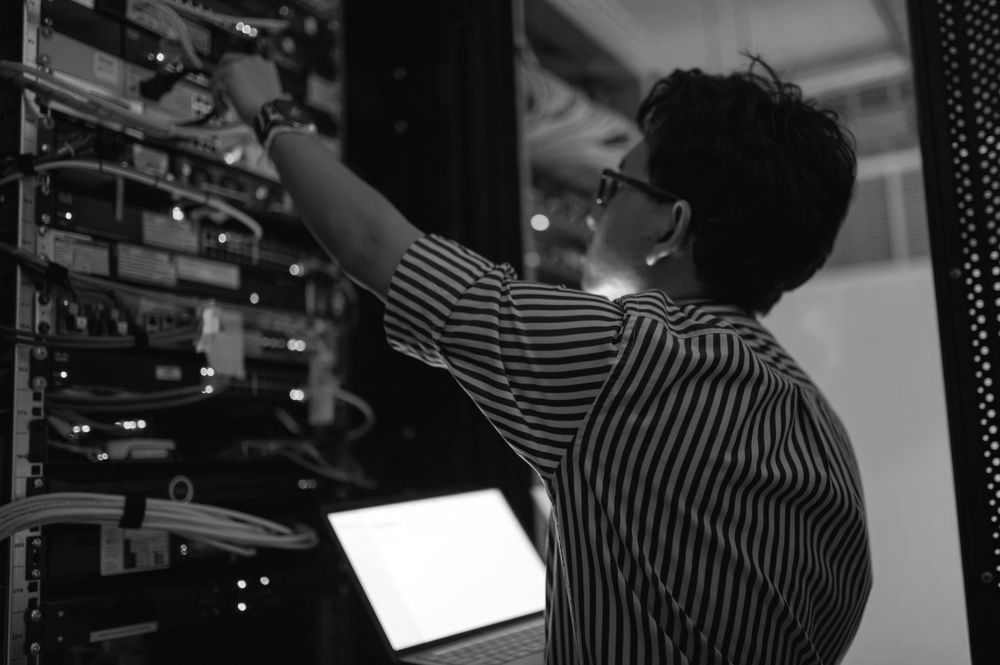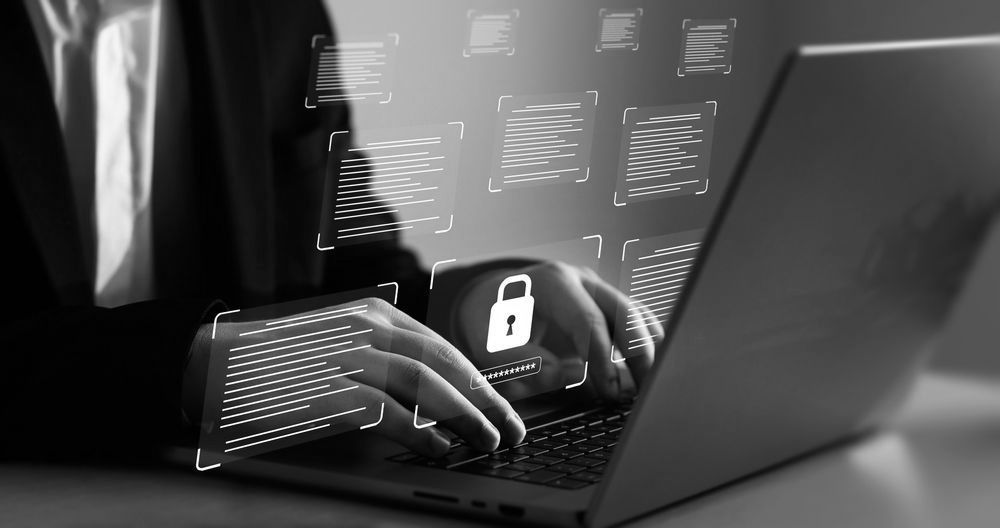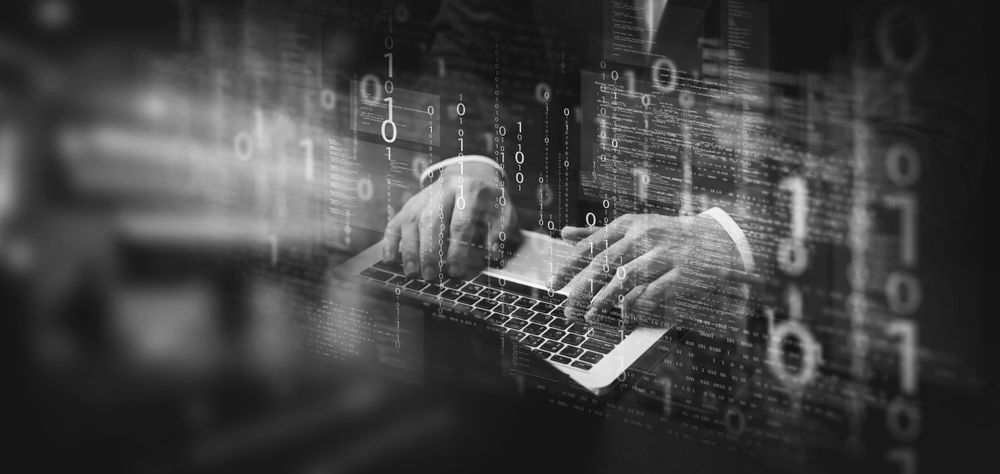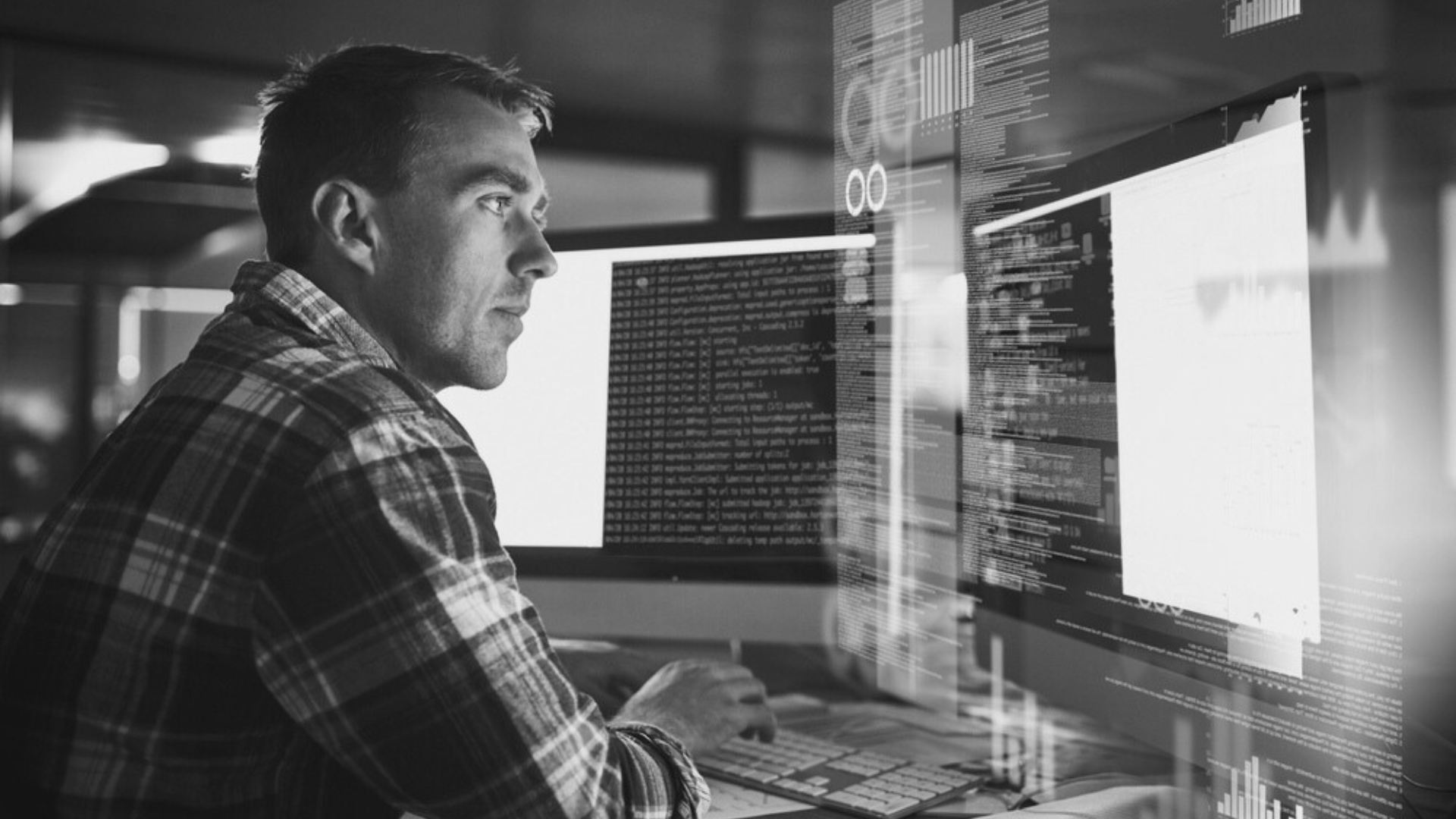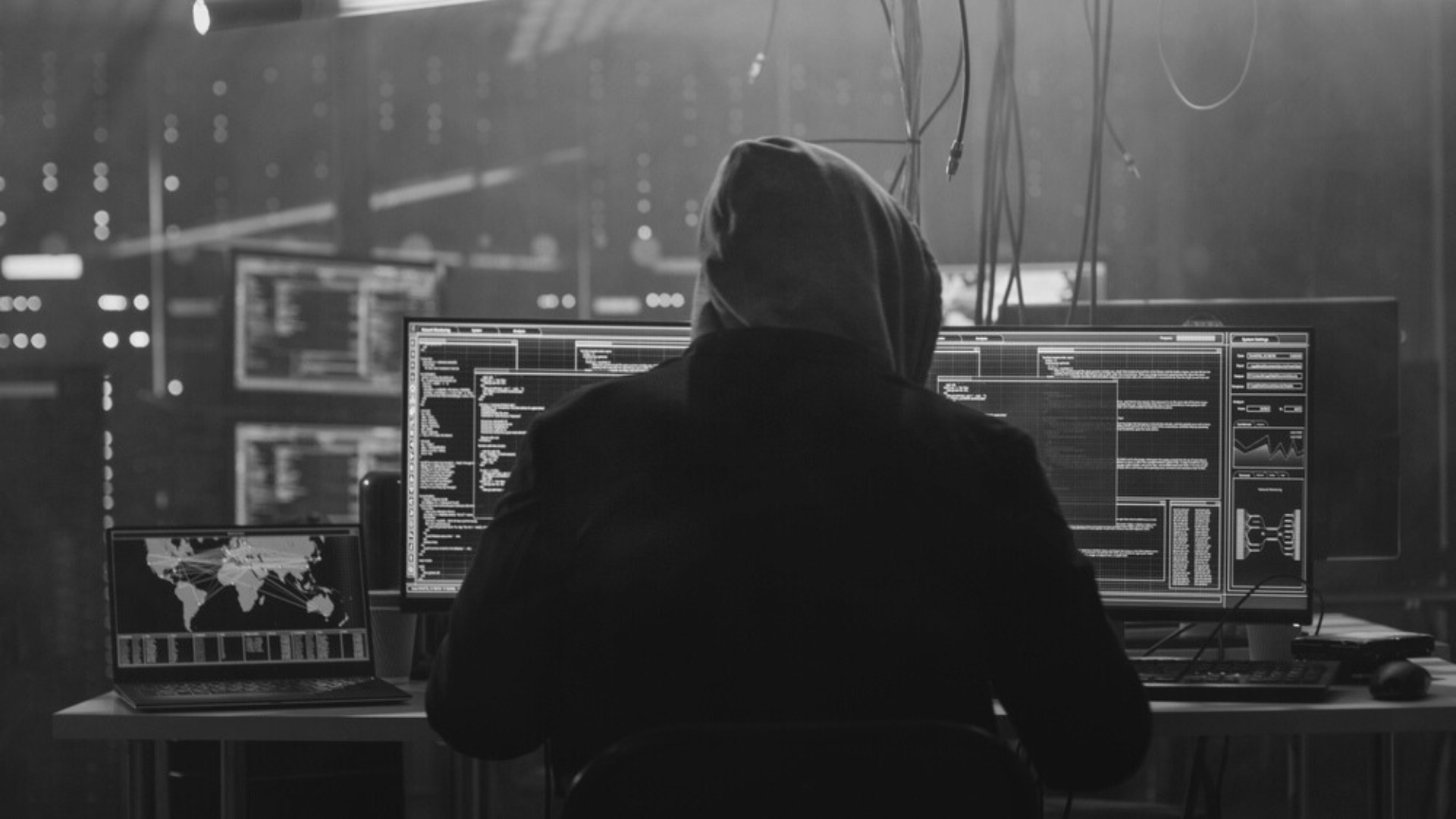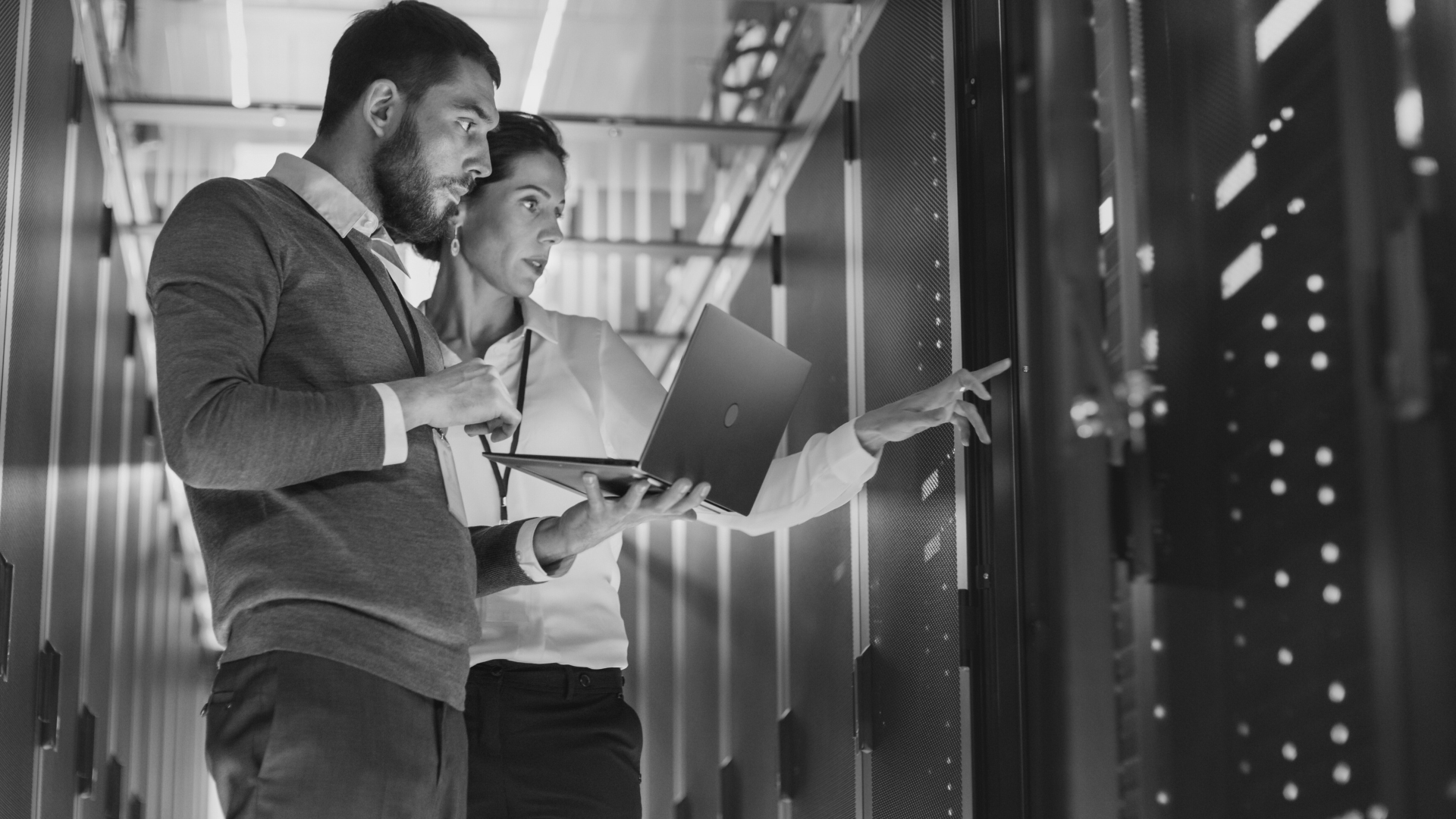Why is Cybersecurity in the Workplace so Important?
April 20, 2023
Share this article:
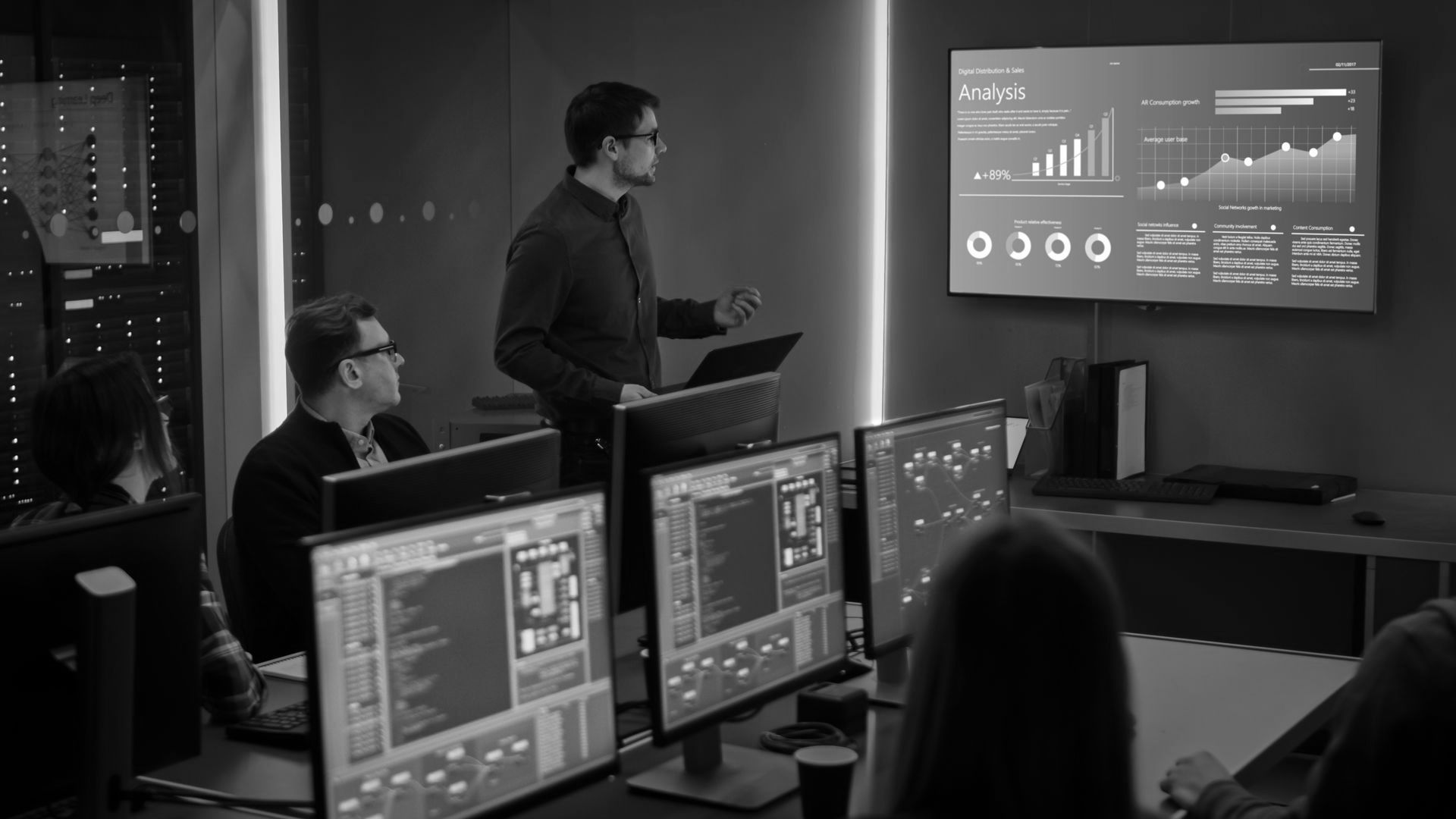
Cybersecurity in the workplace is a critical aspect of protecting the sensitive and confidential information stored and accessed by your business. On a daily basis, your business collects and utilizes information pertaining to employees and customers, such as financial data, personal identifiers, purchases, and payment methods.
Additionally, your company may also hold sensitive, proprietary information and intellectual property related to strategy, clients, finances, and business operations. Hence, it is crucial for your business to prioritize cybersecurity to safeguard against cyber-attacks and data breaches that could potentially compromise such critical information.
Cyber security in the workplace is essential, it needs to be a part of your IT strategy and include cyber liability insurance, employee training and ongoing vigilance. It’s a critical component of employee education and requires an investment with a proven partner to keep systems, servers, networks, apps, and data protected.
With the prevalence of cyberattacks ever-growing, a recent Gartner study predicts that 45 percent of all organizations worldwide will fall victim to a cyberattack somewhere in their software supply chains by 2025. That’s a 300 percent increase from 2021.

The Gartner report also indicates that the threat is expanding, in part because more workers are operating remotely, the prevalence of public cloud technology has grown and supply chains are highly connected.
The World Economic Forum notes that the current defenses being used by many companies, governments, and individuals are increasingly ineffective, due to the growing sophistication of hackers. With more complex and crafty weapons, hackers can more easily circumvent basic security features, reinforcing the need for vigilance and advanced solutions.
Cybersecurity in Workplace Culture
Cyber security in the workplace begins with your employees. Employee education and awareness are the first lines of defense in providing powerful protection for your valuable data and systems.
Employee Education
Employee education should begin on the first day, with the sharing and signing of policies covering data, privacy, and equipment use. Regular employee education should teach best practices on passwords, sharing of information, and how to notify IT staff if a threat is suspected.
Employees should also be taught about the potentially disastrous impacts of a cyberattack on the business. The potential losses – of revenue, customers, and reputation – need to be understood so that the consequences of a successful attack are known.
C-Suite & Management Attitudes
Cybersecurity starts in the C-suite. Leaders and managers need to understand and drive home the importance of responsible behaviors and attitudes when it comes to cybersecurity. However, the message has not always reached those in control.
A recent Trend Micro survey of IT decision-makers indicated that 90 percent believed their senior leaders would compromise cybersecurity for digital transformation. Only half believed that C-suite executives fully understood the threats of cyberattacks and the importance of risk management.
It often falls on IT staff to raise awareness and trumpet the importance of cybersecurity education. That needs to change to be effective. When leadership fully backs the importance of cybersecurity, risk mitigation can firmly take hold.
Reasons Why Cybersecurity is Important in the Workplace
There are two core reasons why cybersecurity education is critically important in every workplace.
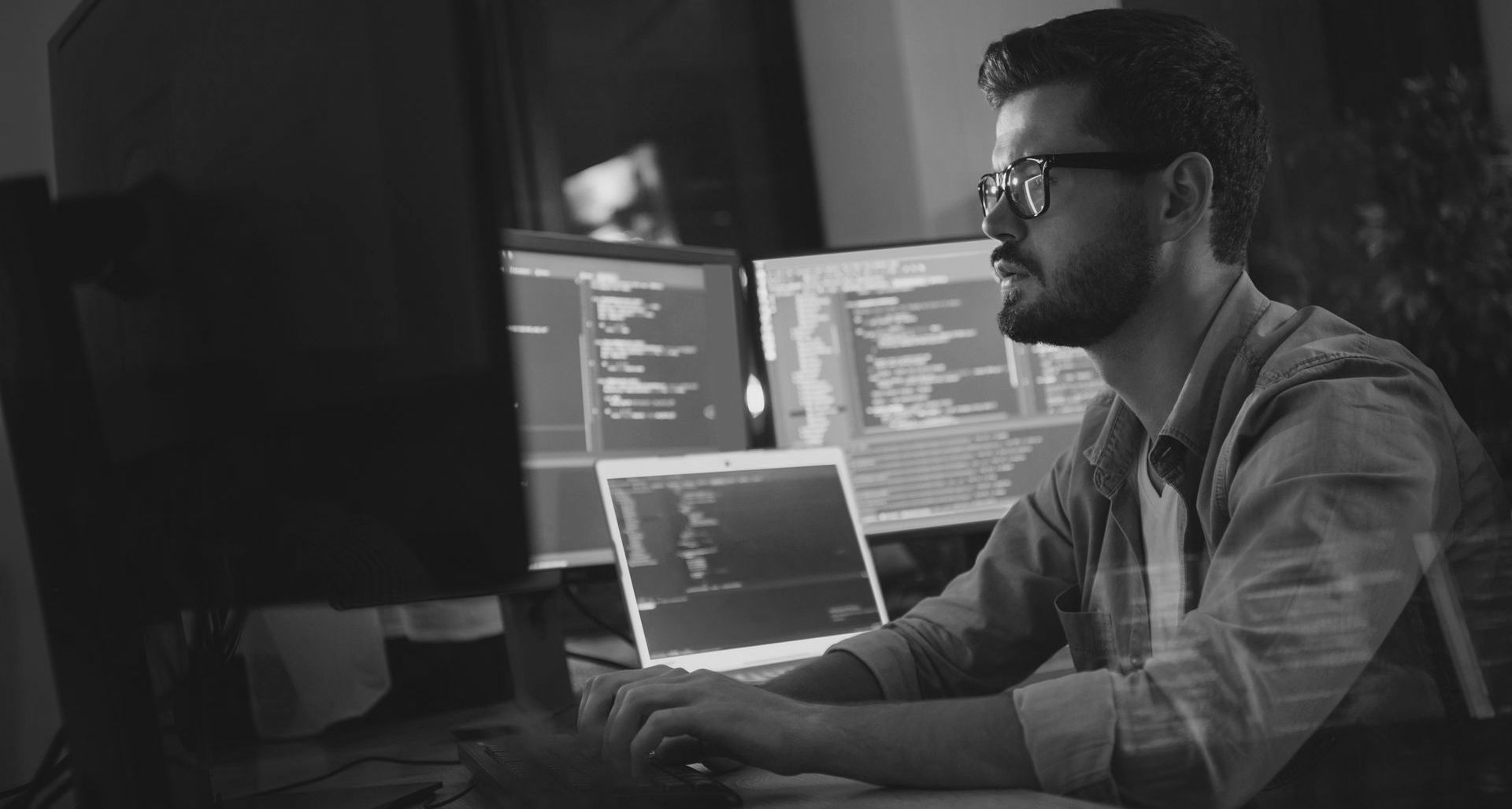
Preventing Phishing Attacks
One of the most common cyberattacks are phishing attacks. In a phishing attempt, a hacker sends an email that looks like an official communication from a coworker, government official, or financial institution.
Typically, phishing attacks ask readers to click on a link or open an attached file. Doing so can activate malicious code or access to systems that lead to stolen data or hijacked systems.
Although there isn't a single most common type of attack, small businesses can easily avoid falling victim to phishing attacks by ensuring that their employees are vigilant and possess the necessary knowledge to detect and prevent such attacks.
Detecting an Attack
Employees who are aware and vigilant about cybersecurity can identify attacks before they do any damage. Watching for suspicious emails and the ways that hackers try to extract information or embed malicious code helps keep data and systems safe.
When employees can detect threats and keep a careful eye on suspicious emails, there is less chance that an attack will be successful.
Everyone Can Help with Cybersecurity
Cybersecurity needs to be everyone’s business. By preventing attacks before they cause damage, businesses stay protected and data stays secure.
At ConsultNet, we help companies establish robust cybersecurity solutions, including employee education. When combined with system monitoring and proactive updating of software and hardware, employee education ensures your organization is protected from the damaging impacts of a cyberattack. To learn more about how ConsultNet can help protect your business, contact us today.
